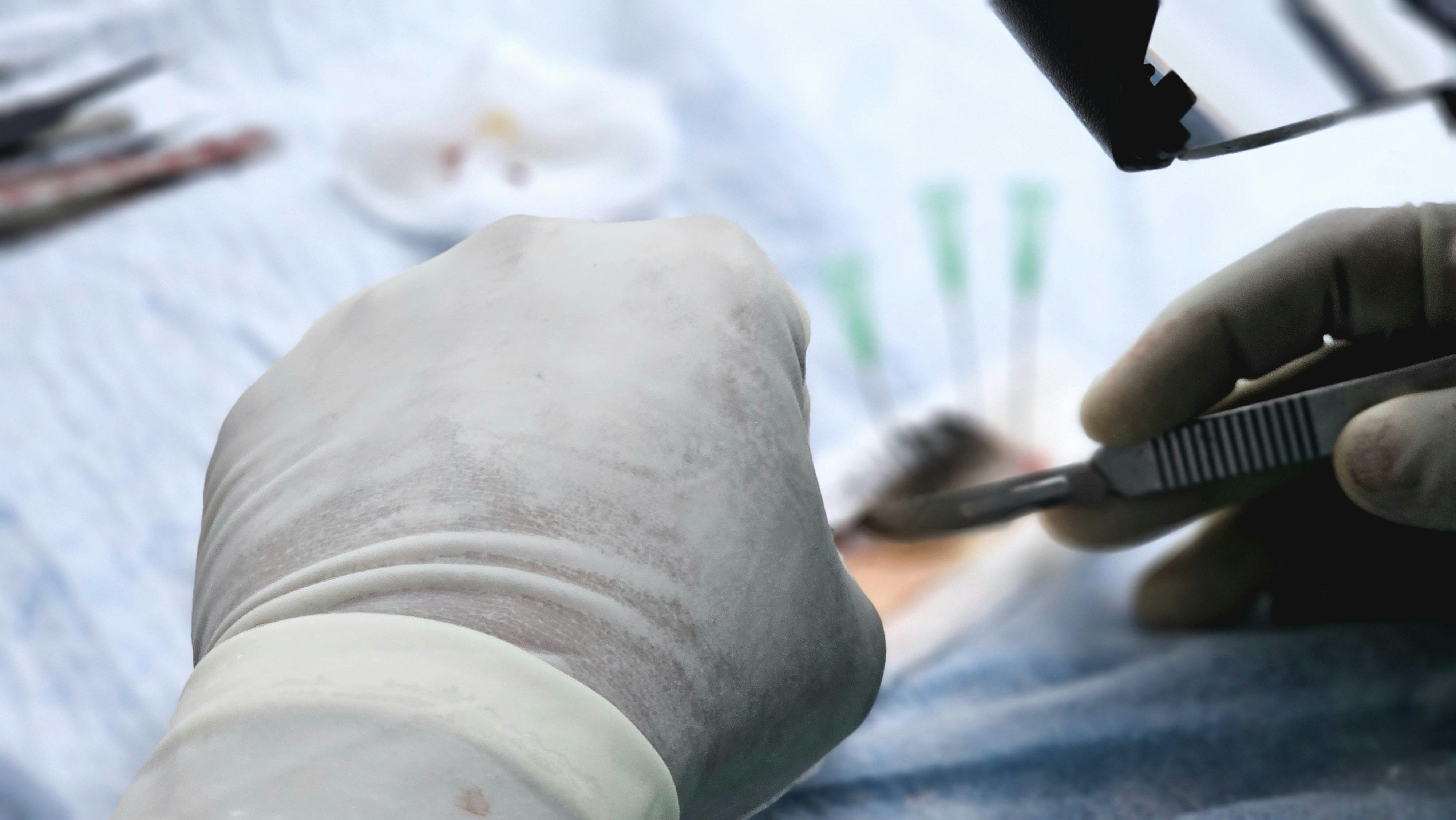Unraveling the Science Behind Hair Transplants: Procedures, Progress, and Prognosis
Hair loss is a common concern that affects millions of people globally, often leading to self-esteem issues and social stigmatization. Despite the prevalence of this issue, the topic of hair transplants remains poorly understood by many. This article aims to demystify the science behind hair transplants, examining historical perspectives, current trends, and future prospects of this transformative procedure.

Unearthing the Origins of Hair Transplants
Hair transplant surgery can be traced back to the 19th century. Dr. Norman Orentreich, often hailed as the father of hair transplantation, made a breakthrough in the 1950s by demonstrating the concept of “donor dominance” in hair transplantation. His research showed that hair follicles taken from areas resistant to balding, known as donor sites, could be successfully transplanted to balding areas, retaining their original characteristics.
During the early years, hair transplants involved the transplantation of large grafts, colloquially known as “hair plugs,” which often resulted in an unnatural appearance. As medical science progressed, these techniques were refined, leading to the development of the modern hair transplant procedures we see today.
Understanding Modern Hair Transplant Techniques
Today, two main techniques dominate the field of hair transplantation: Follicular Unit Transplantation (FUT) and Follicular Unit Extraction (FUE).
FUT, also known as strip harvesting, involves removing a strip of scalp from the donor area, typically at the back of the head. This strip is then dissected into individual follicular units, which are transplanted into the balding areas. Despite its invasive nature, FUT allows for the transplantation of a large number of follicles, making it a popular choice for extensive baldness.
FUE, on the other hand, involves extracting individual follicular units directly from the donor area, which are then transplanted to the recipient area. This technique is less invasive and leaves minimal scarring, making it a preferred choice for individuals who wish to wear their hair short. However, FUE is more time-consuming and requires a higher degree of skill than FUT.
The Impact and Reception of Hair Transplants
Hair transplants have dramatically transformed the lives of many individuals, restoring not just their hair, but also their confidence and self-esteem. The procedure’s success has led to an increase in demand, with the global hair transplant market expected to reach $9.1 billion by 2025.
Despite its success, hair transplantation is not without its challenges. The procedure can be expensive, and not everyone is a suitable candidate. Furthermore, like any surgical procedure, it carries risks such as infection, scarring, and unnatural-looking results if not performed correctly.
The Future of Hair Transplants: Innovation and Possibility
The field of hair transplantation is continually evolving, with researchers exploring novel techniques to improve outcomes and reduce complications. One such development is the use of stem cells to regenerate hair follicles, a technique that could potentially eliminate the need for donor hair altogether.
Another promising area of research is the use of 3D bioprinting to create hair follicles. This technology could potentially enable the production of a limitless supply of hair follicles, effectively overcoming the limitations of current hair transplant techniques.
The Prognosis: Empowering Individuals with Informed Decisions
Hair transplant surgery can offer a permanent solution to hair loss. However, it is essential for individuals to understand the procedure, its risks, and benefits, and the potential alternatives before making a decision.
The future of hair transplantation looks promising, with advancements in technology and medical research paving the way for more effective and less invasive solutions. As we continue to unravel the science behind hair transplants, we can look forward to a future where hair loss is no longer a source of distress, but a condition that can be effectively managed and treated.




